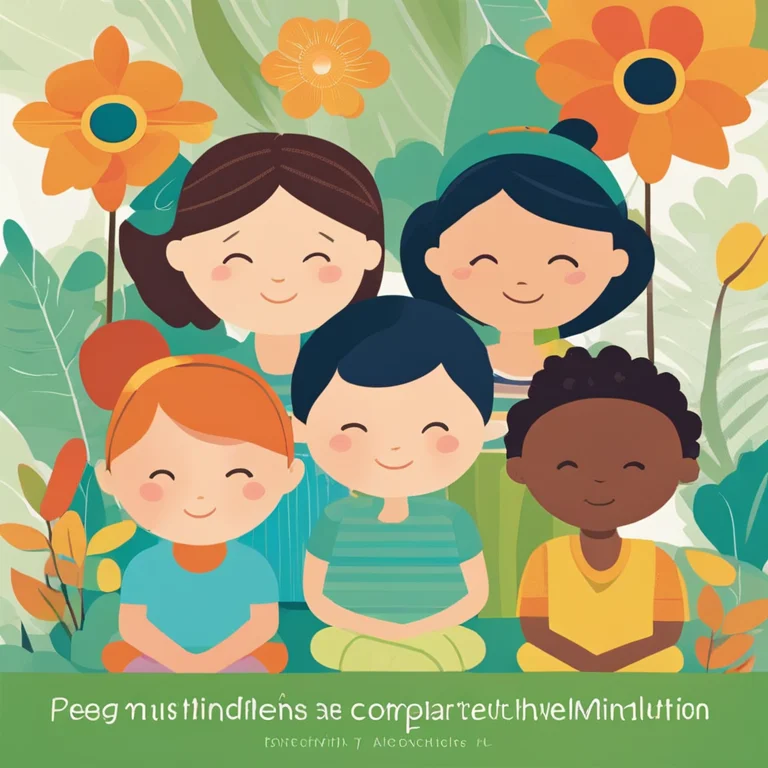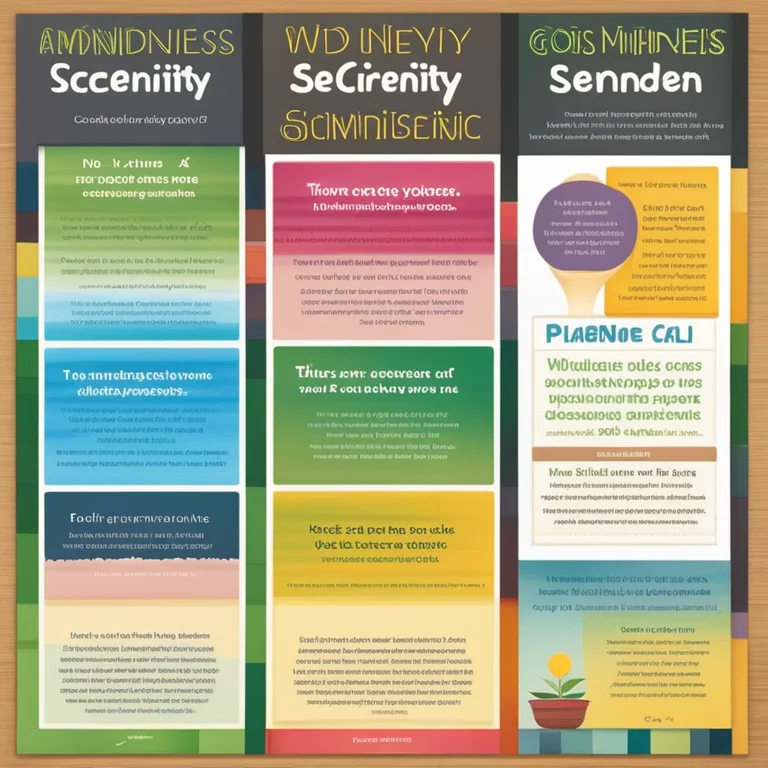
Beginner's Guide to Mindfulness for Children
Introduce first graders to the calming practice of mindfulness meditation with age-appropriate techniques to foster focus, peace, and emotional regulation.
article by Hina Kurosawa
Introducing Mindfulness to First Graders
Meditation is often seen as a practice for adults, but the seeds of mindfulness can be planted early in life. Introducing first graders to mindfulness provides them with valuable tools to manage emotions, develop focus, and navigate their world with compassion. By simplifying concepts and engaging them with relatable activities, young children can learn to cultivate inner calmness. Tailoring sessions to their developmental stage ensures that this powerful practice resonates with their experiences and worldview.

The Benefits of Mindfulness for Youngsters
Mindfulness has a range of potential benefits for children. It can enhance their ability to pay attention, improve self-regulation, and increase empathy and understanding of others. Additionally, mindfulness helps children cope with stress and anxiety, promoting better sleep patterns and overall well-being. In a classroom setting, these skills contribute to a harmonious and productive learning environment, fostering a sense of safety and well-being among students.

Age-Appropriate Mindfulness Techniques
When teaching mindfulness to first graders, it's crucial to keep the activities simple and engaging. Guided imagery, mindful listening, and short, focused breathing exercises work well with this age group. Introduce them to the idea of the "mindfulness bell" to center attention or lead a session of "mindful eating," where they pay close attention to the sensory experiences of a small snack. Always keep instructions clear and enjoyment at the forefront.

Building a Mindful Classroom Environment
Creating a mindful classroom goes beyond scheduled meditation times. Encourage regular moments of quiet reflection throughout the day and integrate mindfulness into transitions between activities. Providing visual aids, such as posters or relaxing images, can also help reinforce mindfulness principles. Allow children to have a dedicated 'mindfulness corner' where they can choose to sit quietly if they feel overwhelmed or seek tranquility.

Mindfulness as a Daily Habit
Repetition and consistency are key to instilling any new skill. Integrate mindfulness practices into the daily routine so that it becomes second nature for the children. Start or end every day with a brief session or incorporate mindful moments before challenging tasks. Encourage students to share their experiences and feelings to foster a group understanding and reinforce the communal aspect of mindfulness.
Inviting Families into Mindfulness Practice
Mindfulness shouldn't end at the school gate. Involve parents and caregivers by providing them with information about what you're doing in the classroom. Offer simple activities and tips for at-home practice, and encourage families to participate in their children's mindfulness journey. This holistic approach not only supports the child's development but also can positively impact the entire family's dynamics.
Published: 1/9/2024
Modified: 1/9/2024
More predictions
Come back here soon to learn more about yourself and your future


Boosting Memory with Meditation Techniques
Discover how mindfulness and meditation practices can enhance memory retention and cognitive function in our daily lives.


The Brain's Transformation Through Meditation
Delve into the profound effects of meditation on brain structure and function, and how it influences cognitive abilities and emotional well-being.


Mindful Meditation: A Journey to Weight Loss
Discover how mindful meditation can be an effective tool for weight loss, helping you to create a harmonious mind-body connection for better health.